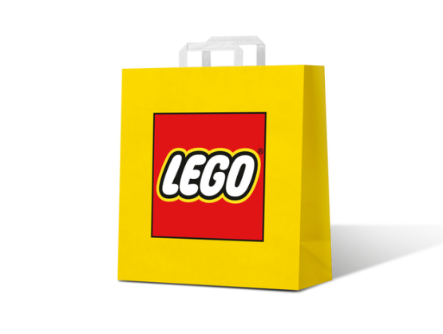Lego Packaging Design: Building a Sustainable Future
In recent years, Lego has evolved to not only create imaginative toys but also to prioritize sustainable packaging design. As environmental concerns mount, understanding how Lego approaches packaging offers insights into how companies can innovate while minimizing their ecological footprint. Additionally, it showcases how aesthetics and functionality can blend without sacrificing sustainability.
The Role of Sustainability in Lego Packaging
Sustainability has become a cornerstone of Lego’s business model. The company has set ambitious goals to reduce its environmental impact: aiming to use 100% sustainable materials in its packaging by 2025. This shift means replacing conventional plastic materials with bio-based or recycled options. Not only does this decision resonate with environmentally conscious consumers, but it also sets a standard for the toy industry, encouraging other companies to follow suit. By prioritizing sustainable packaging, Lego enhances its brand image while contributing positively to global environmental efforts.
Innovative Design Meets Functionality
Lego packaging is not just about looking good; it’s about providing a user-friendly experience. The iconic brick-shaped boxes and colorful designs are instantly recognizable, capturing the imagination of children and adults alike. Beyond aesthetics, the packaging is thoughtfully designed to be easy to open, store, and reuse. For instance, many Lego sets come in modular packaging that allows for easy organization of pieces. This careful consideration enhances the play experience, as it minimizes frustration and maximizes creativity. Through innovative design, Lego ensures that its packaging serves a purpose beyond mere containment.
The Influence of Consumer Feedback
An often-overlooked aspect of Lego’s packaging design is the active role of consumer feedback. The company is known for engaging its community and encouraging input on various aspects of its products, including packaging. Through surveys and social media, customers express their preferences and suggestions, which Lego takes into account when introducing new designs. This open dialogue not only helps the company stay relevant but also fosters a sense of community among fans. By valuing consumer voices, Lego ensures its packaging resonates well with the audience, making playtime even more enjoyable.
In conclusion, Lego’s approach to packaging design demonstrates a successful blend of sustainability, innovative functionality, and consumer engagement. As the company works toward more sustainable solutions, it sets an example for others in the industry. For those who are passionate about design, sustainability, or just love building blocks, exploring more about Lego’s innovative practices can be a fascinating journey. Keep following Lego’s developments, and who knows what exciting new packaging concepts are on the horizon!

